Ten people have been indicted for allegedly dumping at least 1,700 tonnes of waste to avoid disposal fees totaling more than NT$20 million (US$666,156), the Taoyuan District Prosecutors’ Office told a news conference at the Ministry of Environment in Taipei on Thursday.
A task force was formed through a platform between environmental protection and law enforcement authorities at the beginning of last year to investigate the waste flow of an industrial chemical trading company, Minister of Environment Peng Chi-ming said.
The company allegedly buried waste illegally in the raft foundations of its warehouses in Taoyuan’s Pingzhen District (平鎮), Peng said, adding that on-site inspections found the company had loose waste management.
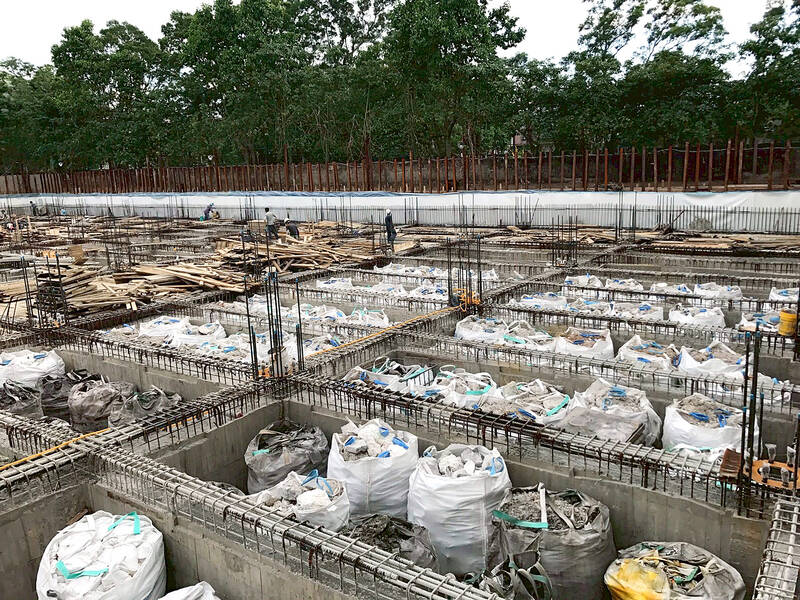
Photo courtesy of the Taoyuan District Prosecutors’ Office
The company allegedly attempted to save environmental protection expenses via the illegal dumping, but it is facing higher financial costs in addressing the secondary pollution, he said, calling on business operators to comply with environmental laws.
Prosecutor Lai Ying-yu (賴瀅羽) said she received a citizen’s report at the end of 2023 about the alleged illegal dumping.
The report caught her attention, as the quantity of waste was massive and could seriously contaminate a nearby canal, Lai said.
The office initiated a collaboration with the Seventh Special Police Corps’ Third Division, the Environmental Management Administration and the Taoyuan Environmental Protection Department to investigate the case, she said.
The investigation initially looked challenging, as there was only one report, which said the waste was under the company’s warehouses, Lai said.
The task force spent more than a year collecting evidence, which indicated that the company had illegally dumped waste twice at the site in 2017 and in 2020, she said.
Given the two incidents occurred long before they were reported, the office’s request for a search warrant had been denied three times before it was finally approved, Lai said.
On the day of the search on March 12, the person in charge of the disposals was not at the site, but Lai found his computer and guessed the password to uncover a journal of the warehouse construction project along with photographs of waste stacked by the foundations, she said.
Environmental Management Administration official Kuo Cheng-hsiang (郭承祥) said that most of the waste was food additives, cement, laboratory materials and organic solvents.
Aside from the more than 1,700 tonnes of material buried under the warehouses, the investigation also found more than 80 tonnes stacked outside a warehouse, Kuo said.
All of the buried waste was excavated and the Environmental Protection Department would ensure it is properly disposed of, she said.
The prosecutors’ office said that 10 people and three companies were indicted.
Test results showed that the petroleum hydrocarbon content of the waste was 39 times the maximum acceptable level stipulated in soil pollution regulations, it said.
One of the two alleged main perpetrators, surnamed Chang (張), faces two years and six months in prison, while the other, surnamed Lin (林), faces a two-year jail term, the office said.
Chang and Lin have been detained and held incommunicado, while the other eight people were released on bail of NT$100,000 to NT$150,000, it said, adding that seizure of NT$10.68 million in criminal proceeds was approved by the court.
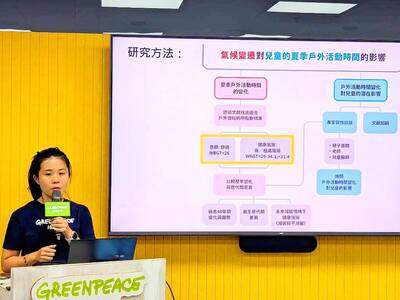
The government should improve children’s outdoor spaces and accelerate carbon reduction programs, as the risk of heat-related injury due to high summer temperatures rises each year, Greenpeace told a news conference yesterday. Greenpeace examined summer temperatures in Taipei, New Taipei City, Taoyuan, Hsinchu City, Taichung, Tainan and Kaohsiung to determine the effects of high temperatures and climate change on children’s outdoor activities, citing data garnered by China Medical University, which defines a wet-bulb globe temperature (WBGT) of 29°C or higher as posing the risk of heat-related injury. According to the Central Weather Administration, WBGT, commonly referred to as the heat index, estimates
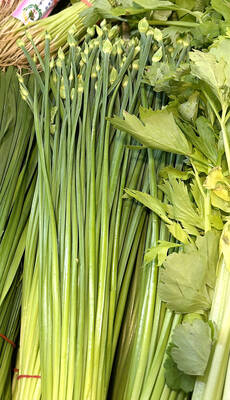
The Taipei Department of Health’s latest inspection of fresh fruit and vegetables sold in local markets revealed a 25 percent failure rate, with most contraventions involving excessive pesticide residues, while two durians were also found to contain heavy metal cadmium at levels exceeding safety limits. Health Food and Drug Division Director Lin Kuan-chen (林冠蓁) yesterday said the agency routinely conducts inspections of fresh produce sold at traditional markets, supermarkets, hypermarkets, retail outlets and restaurants, testing for pesticide residues and other harmful substances. In its most recent inspection, conducted in May, the department randomly collected 52 samples from various locations, with testing showing
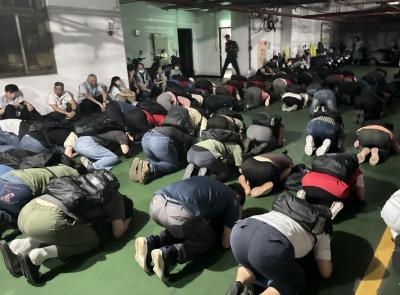
Taipei and other northern cities are to host air-raid drills from 1:30pm to 2pm tomorrow as part of urban resilience drills held alongside the Han Kuang exercises, Taiwan’s largest annual military exercises. Taipei, New Taipei City, Keelung, Taoyuan, Yilan County, Hsinchu City and Hsinchu County are to hold the annual Wanan air defense exercise tomorrow, following similar drills held in central and southern Taiwan yesterday and today respectively. The Taipei Mass Rapid Transit (MRT) and Maokong Gondola are to run as usual, although stations and passenger parking lots would have an “entry only, no exit” policy once air raid sirens sound, Taipei
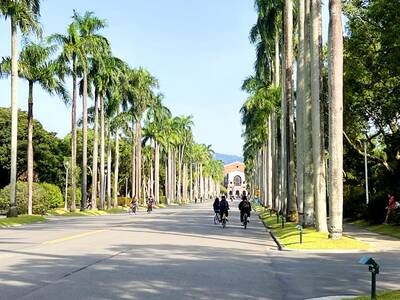
Taipei placed 14th in the Quacquarelli Symonds (QS) Best Student Cities 2026 list, its highest ever, according to results released yesterday. With an overall score of 89.1, the city climbed 12 places from the previous year, surpassing its previous best ranking of 17th in 2019. Taipei is “one of Asia’s leading higher-education hubs,” with strong employer activity scores and students “enjoying their experience of the city and often keen to stay after graduation,” a QS staff writer said. In addition to Taipei, Hsinchu (71st), Tainan (92nd), Taichung (113th) and Taoyuan (130th) also made QS’ list of the top 150 student cities. Hsinchu showed the